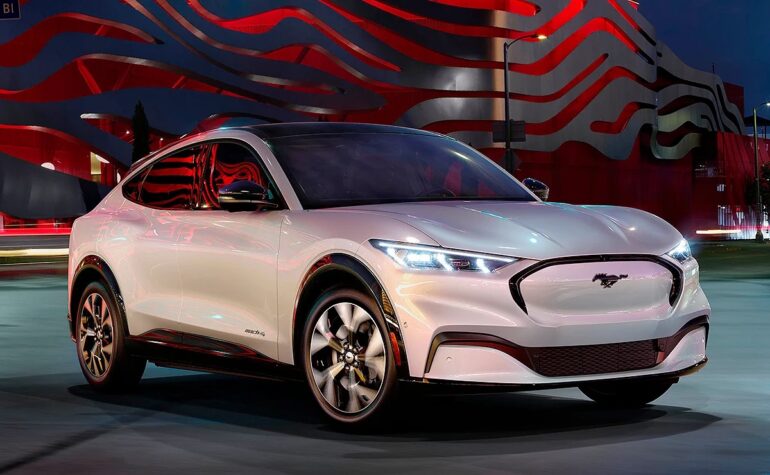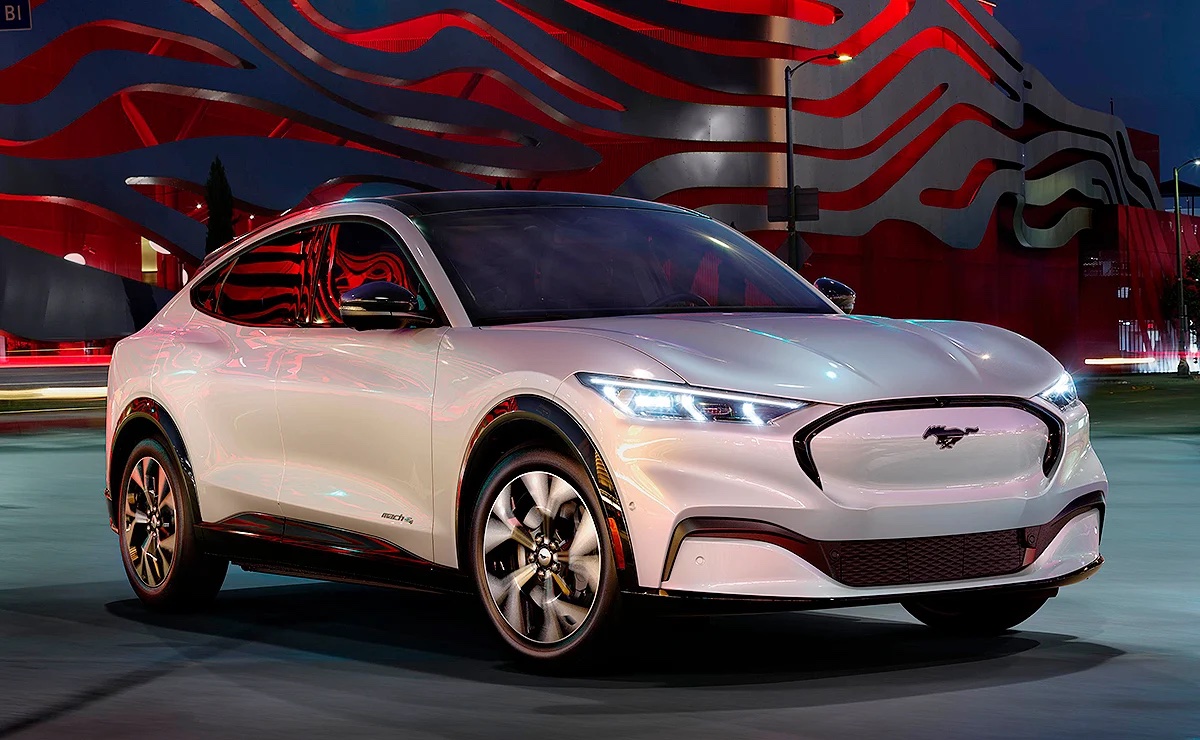In the third quarter, Ford Motor Company faced a significant challenge in its electric vehicle (EV) endeavors, as evidenced by a staggering $1.3 billion operating loss. This loss, however, wasn’t merely an isolated event; it marked a worrisome trend resulting from slowing demand and the fierce EV price competition ignited by Tesla earlier in the year.
The Road to Q3: During Q3, Ford managed to sell 20,962 electric vehicles, slightly outperforming General Motors, largely due to a boost in Mustang Mach-E production. Mustang Mach-E sales saw a remarkable 42.5 percent increase during the quarter, with 14,824 units sold, and an impressive 5,872 units sold in September alone. These numbers translated to a 44 percent growth in EV deliveries, ultimately contributing to a 26 percent year-over-year revenue growth for Ford’s Model e EV unit, totaling $1.8 billion.
But EV Losses Soar: Unfortunately, despite the increase in volume, Ford’s EV losses continued to mount during Q3, reaching an operating loss of $1.3 billion. This represented a significant leap from the $1.1 billion loss recorded in the previous quarter and more than doubled the loss experienced in Q3 2022. In essence, this meant that for every electric vehicle sold in the quarter, Ford incurred a loss of approximately $36,000, surpassing the estimated $32,350 loss per EV in the second quarter.
Reasons Behind the Loss: Ford attributed the Q3 loss to “continued investment in next-generation EVs and challenging market dynamics.” Concerning the latter, the company observed that “many North American customers interested in buying EVs are unwilling to pay premiums for them over gas or hybrid vehicles.” This reluctance among consumers to pay more for EVs puts considerable pressure on pricing and profitability, a challenge that Ford had to confront.
Adjusting the Course: In response to these challenges, Ford has decided to take action by “appropriately balancing the pace of EV investment with the pace of customer demand.” As part of this adjustment, the company is scaling back approximately $12 billion in planned EV investments. This includes reducing production of the Mustang Mach-E and delaying one of the two battery plants intended to open in Kentucky in partnership with SK On. While Ford did not specify the duration of these delays, it remains committed to its other EV plans, including the battery plant in Kentucky and the Blue Oval City complex in Tennessee.
Ford’s Outlook: Ford’s Chief Financial Officer, John Lawler, emphasized that the EV industry is still growing, albeit at a slower pace than expected. The company does not intend to cancel its planned second-generation EVs, which include a three-row utility vehicle and a full-size pickup.
Additional Challenges: Further intensifying the cost pressures on Ford is a tentative agreement with the UAW that entails a 25 percent wage increase for 57,000 workers over five years. According to CFO John Lawler, this new contract is expected to add $850 to $900 in labor costs per vehicle. This development was particularly impactful, as Ford estimated that the UAW’s 41-day strike resulted in a loss of 80,000 vehicles in production, costing the company $1.3 billion and effectively erasing $1.2 billion in third-quarter income.



